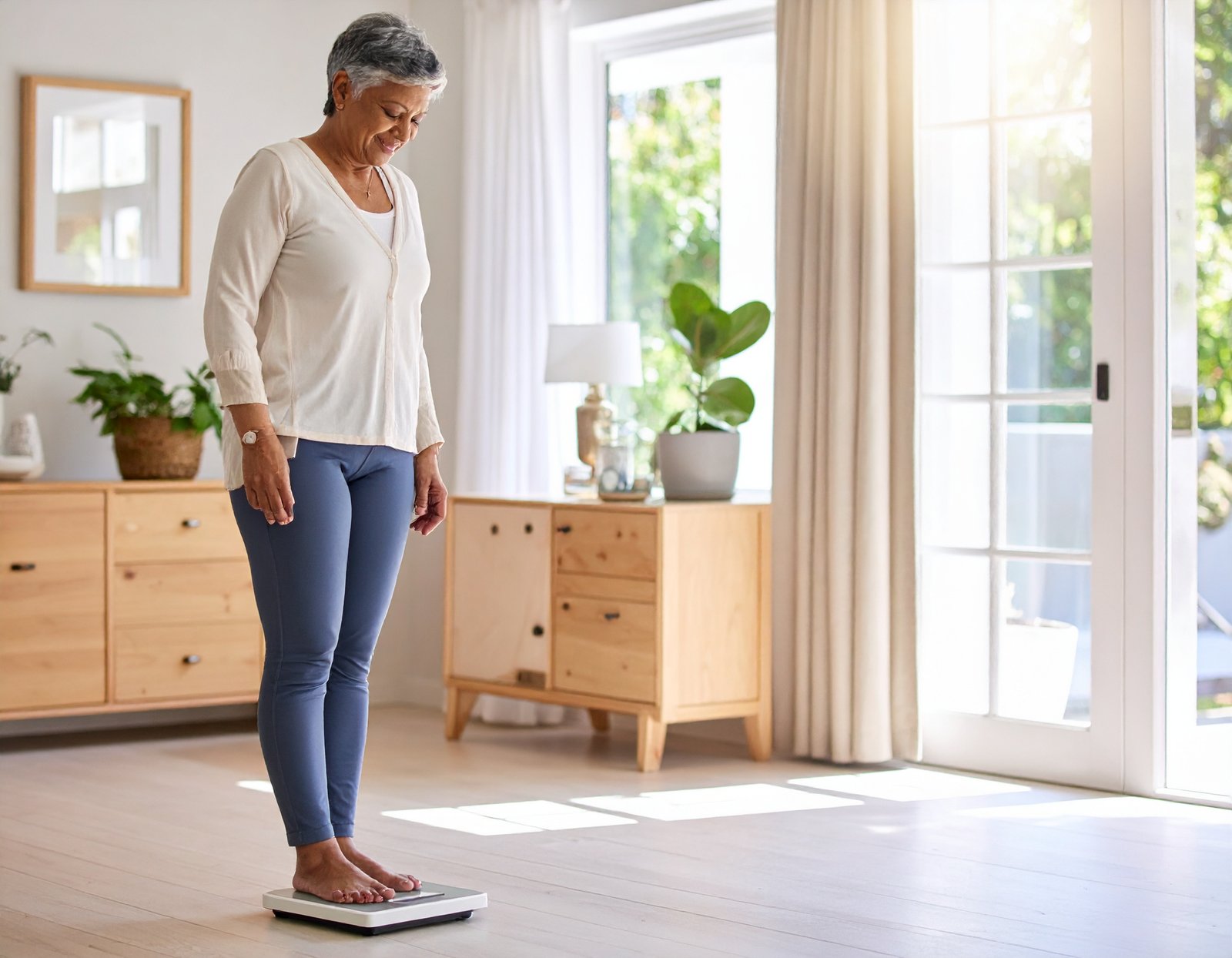
Weight Gain and Metabolism Shifts: Understanding and Embracing Your Changing Body
For many women, midlife brings changes that can feel both surprising and frustrating, especially when it comes to the scale. Pants that used to fit perfectly start to feel snug. Pounds seem to appear out of nowhere, even when your eating habits haven’t changed. If this sounds familiar, you are not alone. These shifts in weight and metabolism are a natural part of aging and the hormonal changes of menopause. The good news? Understanding what’s happening inside your body can help you respond with compassion and take steps that honor your health without shame.
Why Does Weight Change in Midlife?
1. Hormonal Changes
During perimenopause and menopause, estrogen levels drop significantly. Estrogen plays a role in how your body distributes fat, particularly around the hips and thighs. As levels decrease, the body tends to store more fat around the midsection. This isn’t a personal failure, it’s biology.
2. A Slower Metabolism
As we age, muscle mass naturally decreases unless we actively work to maintain it. Muscle burns more calories at rest than fat, so with less muscle, our metabolism slows. This means that the same amount of food and activity that kept your weight stable in your 30s may no longer have the same effect.
3. Lifestyle Factors
Busy careers, caregiving responsibilities, disrupted sleep, and stress can all affect your weight. Add to that the physical symptoms of menopause: fatigue, night sweats, and mood changes—and it’s easy to see why regular exercise and balanced meals can sometimes fall by the wayside.
Shifting the Focus: From Criticism to Compassion
The first and most powerful step is to change the way we talk to ourselves. Instead of saying, “My body is betraying me,” try reframing it: “My body is adapting. It’s asking me to care for it in new ways.”
Your body has carried you through decades of life, and it continues to be your ally. This season is an invitation to embrace health and strength over unrealistic ideals.
Practical Steps to Support a Changing Metabolism
1. Prioritize Strength Training
Incorporating weight training two to three times a week helps rebuild and preserve muscle, which boosts metabolism. You don’t need a gym; bodyweight exercises or light dumbbells at home can make a difference.
2. Eat for Energy, Not Restriction
Focus on whole foods: lean proteins, high-fiber vegetables, healthy fats, and complex carbs. Avoid crash diets; they can slow your metabolism even more. Instead, nourish your body so that it feels supported.
3. Move Daily
Find ways to move that you enjoy: walking, dancing, swimming, yoga. Consistent, enjoyable movement matters more than intense, unsustainable workouts.
4. Prioritize Sleep and Stress Management
Poor sleep and chronic stress can disrupt hormones that regulate hunger and fat storage. Create evening routines that help you unwind: no screens before bed, calming tea, prayer or meditation.
5. Work With Your Doctor
If weight changes feel extreme or are affecting your health, speak with a healthcare provider. They can check hormone levels, thyroid function, and overall metabolic health.
Celebrate Your Body as It Evolves
Instead of battling your body, learn to celebrate it. Dress in clothes that make you feel confident and comfortable. Choose fabrics that keep you cool through hot flashes and styles that move with you. Remember: your value isn’t tied to a number on a scale. This chapter of life isn’t about shrinking yourself, it’s about living fully, boldly, and in tune with who you are now. You are more than a number. You are strength, wisdom, and beauty in motion. Embrace the changes, honor your body, and step into this season with grace.








